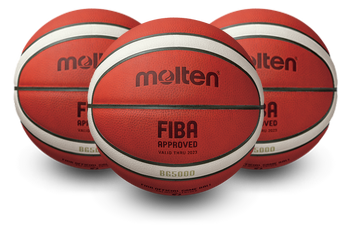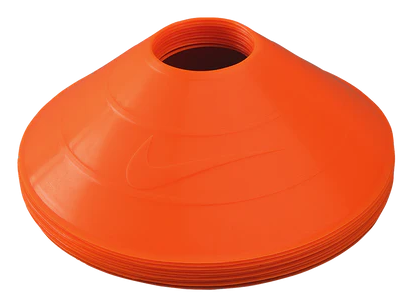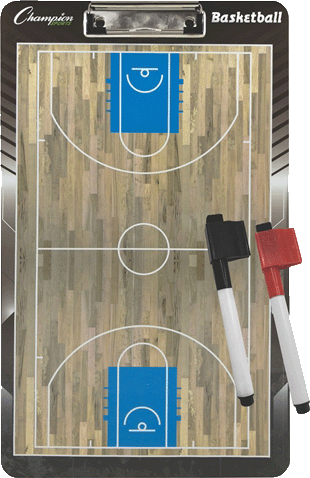- March 2, 2025
3-on-2 Fast Break Drill
This drill is designed to improve both offensive and defensive skills in a fast-break situation, which is crucial for creating scoring opportunities and defending against fast breaks. It focuses on decision-making, spacing, and teamwork, while helping players develop their transition game.


Objective:
- Improve offensive decision-making during a fast break.
- Enhance defensive skills in transition defense.
- Teach players to make quick decisions, whether it’s attacking the basket or finding the open man.
- Work on effective communication between teammates.
Equipment Needed:

Basketballs

Cones

full/half court
Setup:
- Set up two groups of players: 3 offensive players and 2 defensive players.
- Place the offensive players at half court with one player starting at the top of the key (Point Guard), one on the wing (Shooting Guard), and one near the basket (Center).
- The two defensive players start at the baseline, ready to sprint and defend the fast break.

Instructions:
1: Start the Drill:
- The coach or a designated player passes the ball to the Point Guard (the player at the top of the key).
- As soon as the pass is made, the 3 offensive players begin their fast break, and the 2 defensive players sprint back to defend.
2: Offensive Objective:
- The 3 offensive players have a numerical advantage (3-on-2), so they need to make quick decisions to score.
- The Point Guard should push the ball up quickly, making passes to either the Shooting Guard or Center, depending on the situation.
- Players should focus on spacing, moving without the ball, and making the right decision (shooting, passing, or driving to the basket).
- After the shot, all players should crash the boards for a possible rebound.
3: Defensive Objective:
- The 2 defensive players should sprint back, trying to prevent a fast-break score.
- One defender should pick up the ball handler (Point Guard), while the other defender should pick up the most dangerous offensive player.
- The defenders need to communicate and work together to force a difficult shot or stop the fast break.
- Emphasize getting back on defense quickly and cutting off passing lanes.
4: Rebound and Transition:
- Once the offense takes a shot, all players (offense and defense) should immediately transition to the other end of the court.
- If the offense scores, the defensive team should quickly get the ball out of bounds and initiate a new 3-on-2 fast break drill.
- If the defense gets the rebound, they can either go for a quick outlet pass or continue running a fast break in the opposite direction.

Coaching Tips:
Offensive Spacing:
Make sure offensive players are spreading the floor correctly. The Point Guard should push the ball quickly and look for open teammates. The Shooting Guard and Center should always be available for a pass.
Decision-Making:
Encourage the offensive players to make decisions quickly — either shoot, drive, or pass. Don’t hold the ball too long!
Defensive Hustle:
Remind defensive players that speed is key. They must hustle back, communicate, and prevent easy baskets.
Rebounding:
Both offensive and defensive players should be actively looking for rebounds after each shot.
Variations:
- Change the Numbers: Adjust the drill to 4-on-3 or 2-on-1 to work on different transition scenarios.
- Add a Timeout: After each possession, call a timeout (or reset the drill) to focus on what went well and what needs improvement.
- Defensive Pressure: You can add more defenders in the paint (such as a second defender who starts at the 3-point line) to make the fast break more challenging.
Key Takeaways:
Players will improve their fast-break execution, decision-making, and transition defense.
Emphasizes the importance of quick thinking, good spacing, and solid communication in a game setting.
A great drill for working on both offensive and defensive transition skills in a high-pressure, game-like scenario.
This 3-on-2 Fast Break drill simulates real-game situations, helping players build their conditioning while improving their ability to capitalise on offensive opportunities and defend in transition.
Privacy Policy | Copyright © 2025 North West Saints Basketball Club






